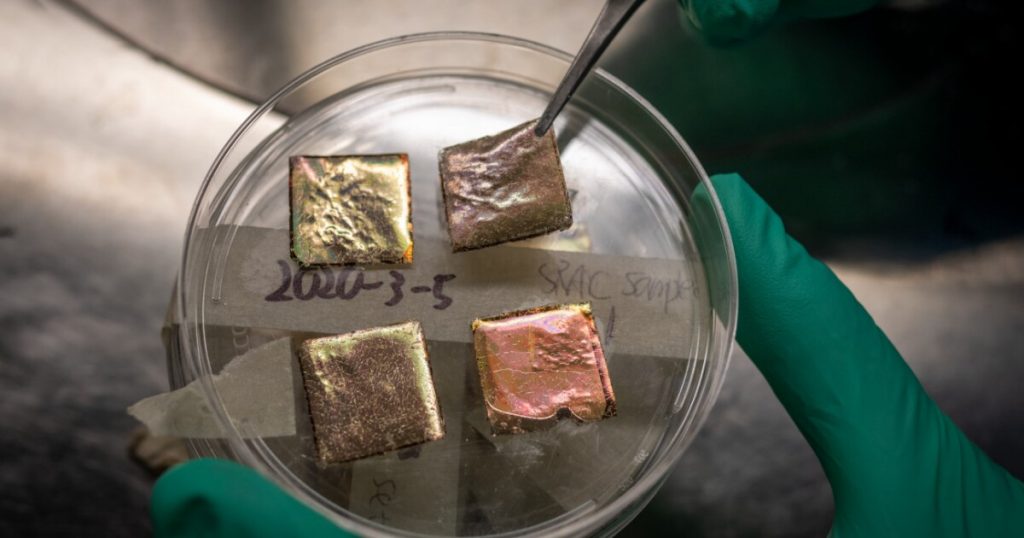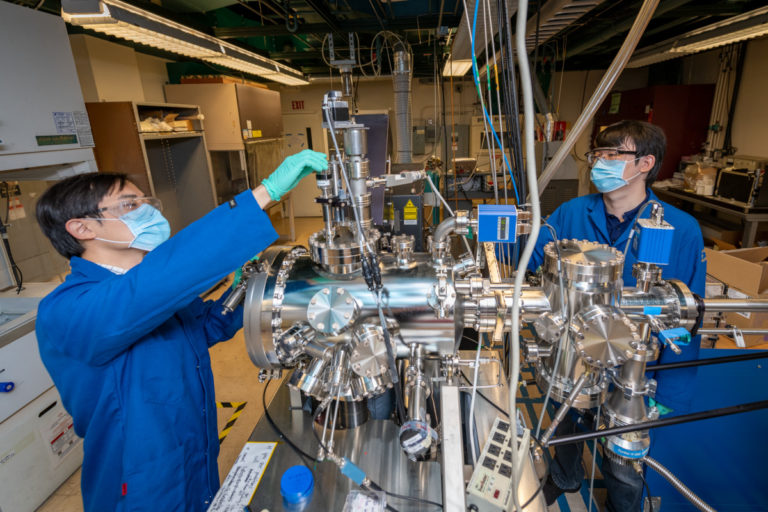A study published in the journal Science discovered that an all-season “smart roof” coating keeps homes warm in the winter and cool in the summer without using natural gas or electricity.
According to the researchers, the temperature-adaptive radiative coating (TARC) technology outpaced currently existing commercial cool-roof systems in energy savings in cities representing 15 different climate zones across the United States.

According to the research, it reflected roughly 75% of sunlight yearly, with a thermal emittance of approximately 90% in temperatures over 77 degrees Fahrenheit, discharging heat from the building into the sky.
In winters, the coating’s thermal emittance automatically decreases to 20%, assisting in retaining heat from solar absorption and indoor heating. As a result, an average US household might save up to 10% of its annual electricity consumption if TARC is placed, according to the study.
“Our all-season roof coating automatically switches from keeping you cool to warm, depending on outdoor air temperature,” study co-author Junqiao Wu said in a press release.
“This is energy-free, emission-free air conditioning and heating, all in one device, said Wu, a professor of materials science and engineering at the University of California, Berkeley.
Cool-roof systems like reflective coatings, membranes, shingles, or tiles, have light-colored or darker surfaces that expel some of the absorbed solar heat as thermal-infrared radiation as part of a natural process known as radiative cooling. However, researchers claim that many of these cool-roof systems emit heat in the winter, driving up heating expenses.

TARC is intended to save energy by automatically turning off the radiative cooling in the winter, overcoming the problem of overcooling. The coating is constructed of vanadium dioxide, which responds to electricity like a metal, meaning it conducts it yet works as a heat insulator.
Vanadium dioxide is also transparent below 153 degrees Fahrenheit and does not absorb thermal-infrared light. However, above that temperature, it transforms into a metal, becoming a thermal-infrared light absorber, according to the study.
Furthermore, the researchers anticipated the annual energy savings created by temperature-adaptive radiative coating, thanks to its potential to minimize the requirement for both cooling energy in summer and heating energy in winter, using more than 100,000 building energy simulations.
According to the data, in 12 of the 15 temperature zones, the coating outperformed traditional roof coatings in terms of energy savings. In addition, it functioned best in locations with significant day-night temperature changes, such as the San Francisco Bay Area. The researchers plan to build larger-scale prototypes of temperature-adaptive radiative coatings to test their performance as a roof coating.

Furthermore, it might be used as a thermally protective coating to improve battery life in smartphones and laptops and shield satellites and cars from extremely hot or cold temperatures, according to the researchers. It might also be used to make temperature-controlling fabric for tents, greenhouse coverings, and even hats and jackets.
“Simple physics predicted temperature-adaptive radiative coating would work, but we were surprised it would work so well,” Wu said.
“We originally thought the switch from warming to cooling wouldn’t be so dramatic [but] our simulations, outdoor experiments, and lab experiments proved otherwise,” he said.
Source: Berkeley Lab


